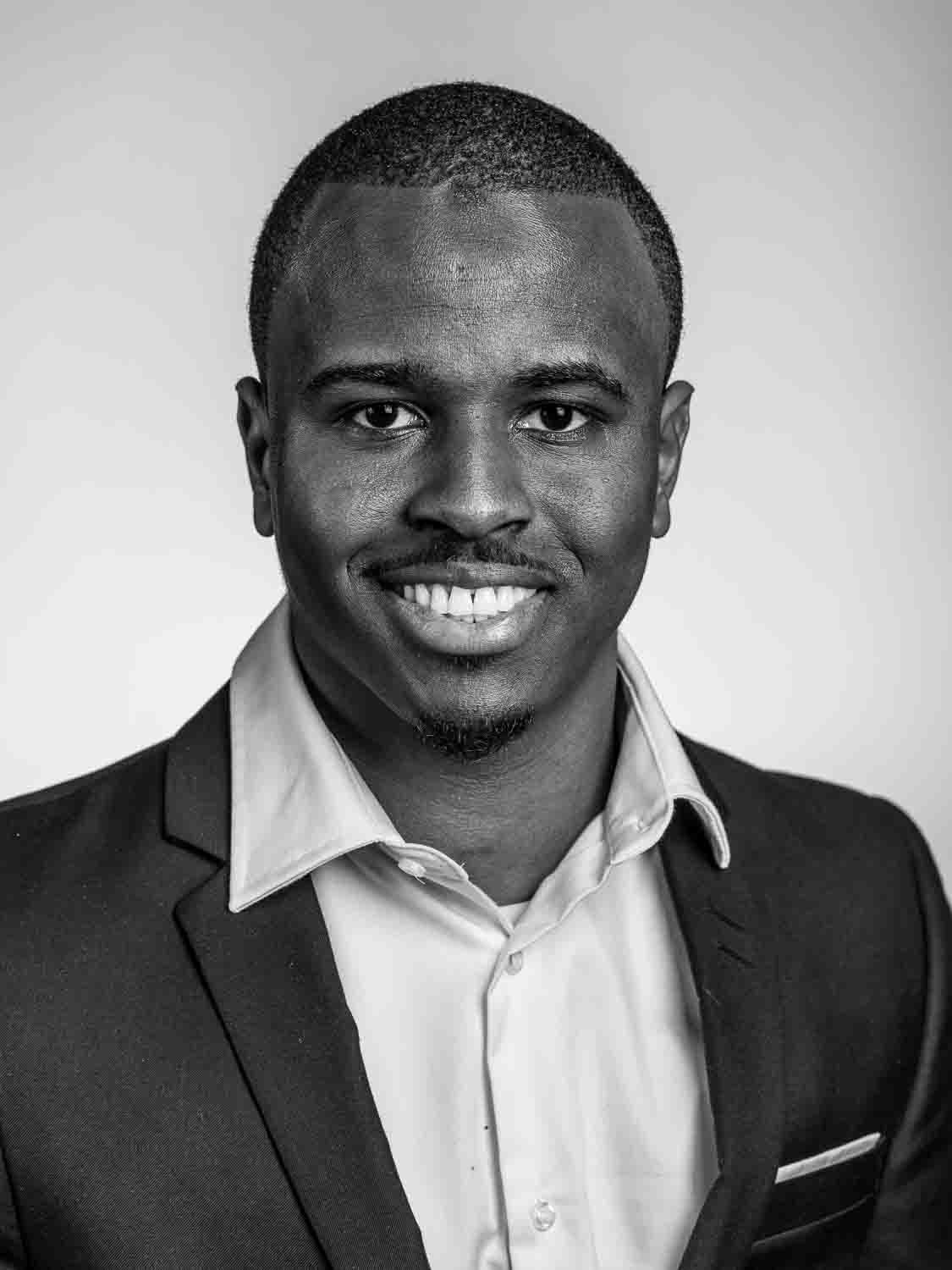For individual portrait sittings, I insist on sessions of at least one hour, whether in the studio or elsewhere. This gives the subject time to get to know me a little, and allows us to work with two or three different lighting set-ups and changes of clothes. Photographing a team of fifty people or more in a single day presents a different challenge, because I have to find a way to put each person at ease extremely quickly. But it’s something I’m asked to do more and more often, and it’s a lot of fun.
I recently had the opportunity to photograph the whole staff team of Jean Wauters Aciers Spéciaux in the company’s enormous steel distribution centre in Molenbeek.
I’d been asked to make two separate portraits of each person – classic ‘headshots’ and full-length portraits that showed the company’s busy working environment in the background. Careful planning was needed to do this efficiently. To minimise the demands on people’s time, I decided to work with my two set-ups in parallel. I made a pre-shoot site visit and identified two locations close to one another, where I would not get in the way of the fork-lift trucks that whizz around the warehouse. I would have approximately ten minutes to make the two portraits of each person.
The first set-up gave me an unobstructed 270° view which enabled me to place my subjects at different orintations to the camera and my single light, so that I could get a variety of views behind them. For the second, I used a portable plain white backdrop, two lights and a reflector, all of which were hidden from the first set-up.
On their side, my client had done a great job in scheduling the subjects in groups of two or three, so we could make their environmental portraits and then move across to the other set-up to make their headshots. This saved additional time, so that I was able to finish the job ahead of schedule. The friendliness and good-natured cooperation of the entire team meant that everything ran smoothly and made a busy day a real pleasure for me.

















